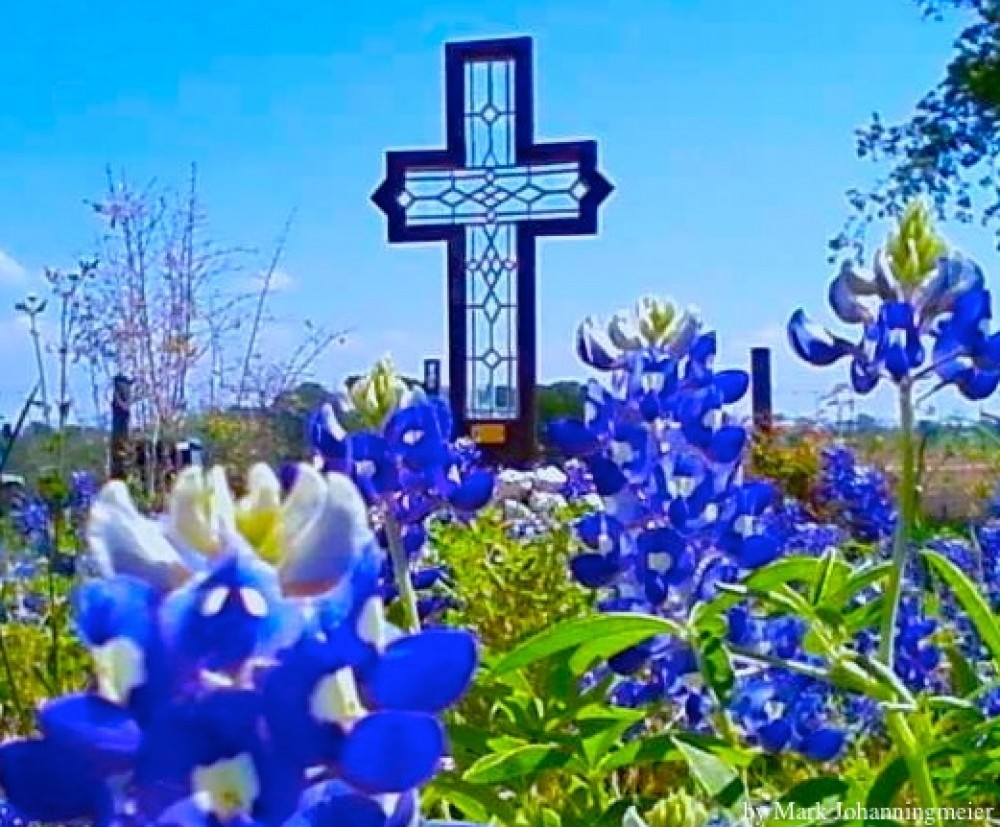Synantilambanomai is a related post of Wonderful Counselor and with the help of Mounce, Strong, and Biblehub.com we will look at the two times it is used in the New Testament. You will find synantilambanomai in Romans 8:26 (8:27 will be added) and Luke 10:40. To help, aid, or support someone are the terms that will assist us with the verses.
This word and the verses in Romans are great examples of low-use, single-use, or added prefixes and suffixes highlighting an important thought. The online Strong’s Concordance and Mounce Dictionary may list the verses where they are found, and that allows for easy comparisons.
I will provide a connection between our two verses as a loose example of synantilambanomai. In Romans, the Spirit is the One who helps us, by praying through us when we can’t do it ourselves. In Luke, Martha is “praying to Jesus” asking for Mary to come to her aid, so she does not have to do all the work by herself.
Our keyword has two prefixes and a suffix. This is my simple explanation for Romans. We come together with the Spirit against the problem to take or get an answer/help.
- Lambano Strong’s Greek: 2983. λαμβάνω (lambanó) — to take, receive (biblehub.com)
- Syn – together
- Anti – against
- Mai is a Greek suffix that changes the “action” of the word. (Yes, my Greek is weak.)
References:
- Romans 8:26-27 MOUNCE – In the same way, the Spirit helps us in – Bible Gateway
- Romans 8:26 Greek Text Analysis (biblehub.com)
- Synantilambanomai συναντιλαμβάνομαι | Free Online Greek Dictionary | billmounce.com
- Strong’s G4878 I used my ink and leaf version and found it better for this study today. The online site got me started.
Romans 8: 26 Likewise the Spirit also helpeth our infirmities: for we know not what we should pray for as we ought: but the Spirit itself maketh intercession for us with groanings which cannot be uttered. 27 And he that searcheth the hearts knoweth what is the mind of the Spirit, because he maketh intercession for the saints according to the will of God. (KJV) Thank you Bible Gateway.
Yes, there is a translation difference because of variations in word meanings. (These are not in order.) When I used a parallel function, I found it interesting how the different translations chose to interpret and footnote this verse. All of them did proclaim a divine act of the Spirit. Some left a little “wiggle room” for what it may look like in the believer’s life and practice.
- Groaning στεναγμός | Free Online Greek Dictionary | billmounce.com
- Intercedes (it is used once) ὑπερεντυγχάνω | Free Online Greek Dictionary | billmounce.com This has a prefix of hyper.
- Desire φρόνημα | Free Online Greek Dictionary | billmounce.com
- Intercede (the second one is used four other times) ἐντυγχάνω | Free Online Greek Dictionary | billmounce.com
- To deep for words ἀλάλητος | Free Online Greek Dictionary | billmounce.com
- In the same way ὡσαύτως | Free Online Greek Dictionary | billmounce.com
Intercedes
In the above verses, interceding is the main thought. In verse 26 we see the role of the Holy Spirit being our Counselor and praying through us. In verse 27 we see Jesus doing His intercession before the Father on our behalf. Of the five times the second word is used three of them refer to Jesus, two are in Romans and one in Hebrews. The other two uses are examples (I think) of how that intercession may have sounded (the intensity) or have been done. The word in verse 27 is entynchano.
In verse 26, the one that is associated with the Holy Spirit, the word is hyperentynchano; it is only used once. The prefix hyper should speak volumes to you. Combine this word and the thought of the Spirit’s help and we can understand how special that ministry is for us.
On a personal note, when I have experienced the type of intercession as described in Romans 8:26 it is profound and intense. It is more than (hyper) speaking in tongues. Since it is the Holy Spirit praying through me, I have no understanding of what I am saying and cannot control it, other than to stop. Can this be different in other people? Yes. I will not put the Holy Spirit in a box, He will work with us where we are, but He is still God. While musing on this act of the Holy Spirit, I believe that when the problem is too big for my mind or faith level, He has taken over and prayed as needed. This ministry of the Holy Spirit is more than a promise, it is why He is our paraclete and synantilambanomai.
